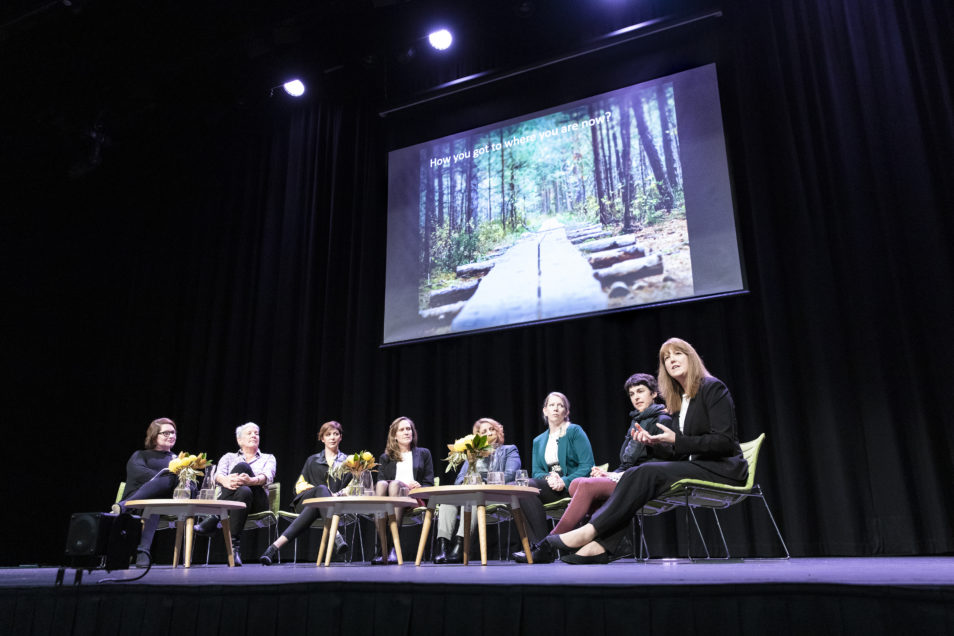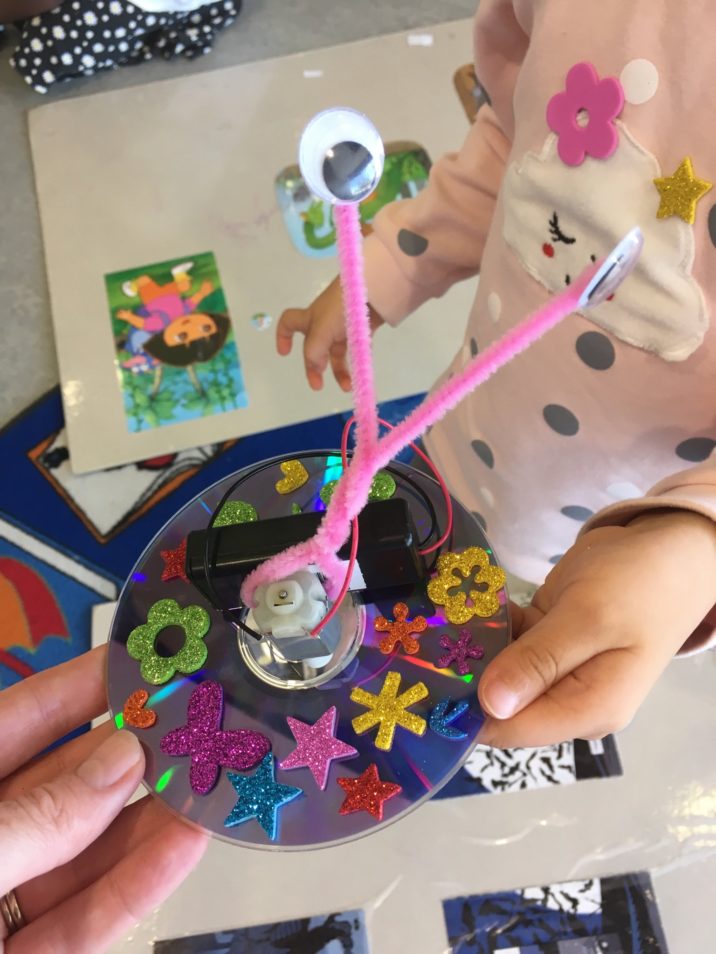
Dr Laura Kuhar has had a sparkling career in chemical engineering: from improving diamond mines in Africa to making Aussie mines more sustainable.
It was a chemical thing. Bubbles and fizz and classroom explosions are enough to capture any kid’s attention. But for Dr Laura Kuhar, chemistry classes ignited a passion for science that she turned into a stellar career.
We took a moment to ask her about the joys of science education, working with diamonds, and what on Earth key-hole mining means.
From diamonds to down under
Laura had a sparkling start to her career as a chemical engineer. She worked at a diamond mining company in South Africa.
“I was in the research group at De Beers and worked on a fascinating topic, synthesising magnetic liquids to separate minerals,” Laura says. “I loved it so much I decided the use of magnetic nanoparticles in metal recovery would be the focus of my PhD.”
Fortunately, ten years ago, Laura’s career led her to move to Australia and work with us.
Making key-hole mining more sustainable
Laura now heads up a team working on new techniques for a style of mining called in-situ recovery.
When you picture mining, you probably think of dark and dirty underground tunnels. You might think of large open pits in the earth. And enormous trucks with tyres that tower above the tallest person.
But that’s not what Laura works on. “In-situ recovery is more like key-hole surgery,” she explains.
It creates a small surface footprint to extract the metals below. Using a process called leaching, fluids are injected underground to dissolve the target mineral ore. Then the fluid is processed at the surface and the metal is recovered.
It may leave a smaller surface footprint, but the in-situ process does present other environmental challenges. So Laura’s research is focused on finding environmentally compatible leaching agents. Her team works on understanding how these liquids can be contained to ensure the surrounding environment is not harmed or contaminated.
“There are obvious challenges in using leaching agents to ensure no adverse environmental effects. That’s why research in this area is so important,” she says.

Laura on stage, on a panel
Laura Kuhar (right) was recently selected by Science and Technology Australia for the 2019/2020 Superstars of STEM program. Science to the rescue!
Laura is a Superstar of STEM
When she’s not improving key-hole mining, Laura is spruiking the wonders of STEM (science, technology, engineering and maths). She was recently selected by Science and Technology Australia to participate in the Superstars of STEM program. Science to the rescue!
The program promotes female STEM role models to smash gender assumptions about scientists and increase the public visibility of women in science.
Laura says she’s keen to bust the myth that girls can’t become scientists: something that that many young girls are subjected to.
She shares her experience and classroom passion in primary schools, high schools, universities and pubs (through Pint of Science events) across Perth.
Laura is an optimist. Her mantra is: “When someone says something is not possible or cannot be done, I think, ‘Well, if it doesn’t disobey the laws of chemistry, physics and maths, it may be possible and it’s worth giving it a try!'”
She’s fascinated with the purity of scientific fact and the world of possibilities in science.
Wobblebots and edible experiments
“If the kids struggle to differentiate between science and fun, then I know I’m doing a good job.”
Laura also runs a science club for kids aged three to eight at her children’s school. She believes it’s important to get children interested in STEM at a young age. So far, they have made wobblebots, sun prints, fizzing pictures and splat paintings, balloon hovercrafts and paper circuits. They have written spy notes with thermochromic ink and experimented with molecular gastronomy, announcing “Today we are going to eat our experiment!”

A kid's science experiment.
“What is a wobblebot?”, we hear you ask? Behold. The very wobbly wobblebot from Dr Laura’s science club for kids.
Just like her own school experience, Laura wants the children to associate the wonder of explosions, mess and surprise with science. And maybe one day, these starry-eyed kids will be scientists too!


7th October 2019 at 2:32 pm
Grazie, baci!
30th September 2019 at 7:07 pm
Laura, I used to have an MBA boss who kept saying “Nothing is impossible”. I wish I’d had your clarity of thought: “When someone says something is not possible or cannot be done, I think, ‘Well, if it doesn’t disobey the laws of chemistry, physics and maths, it may be possible and it’s worth giving it a try!” So armed I might have headed a few very silly ideas off at the pass. Anyway, look forward to reading more about your career as it continues to progress. Congratulations.
21st September 2019 at 6:20 am
Laura, Auguri and Congratulations from an old engineering student friend of your dad’s at Wits!!
Congrats to your dad Luigi too!!
Massimo Macerollo
19th September 2019 at 10:12 pm
Congratulations Laura. ( Worked at airline in technical O.R.Tambo).
Congratulations to Dad as well.
Mauro Marchioro
19th September 2019 at 3:08 pm
Very well done Laura ! (impartial scientific observation from dad the engineer !)